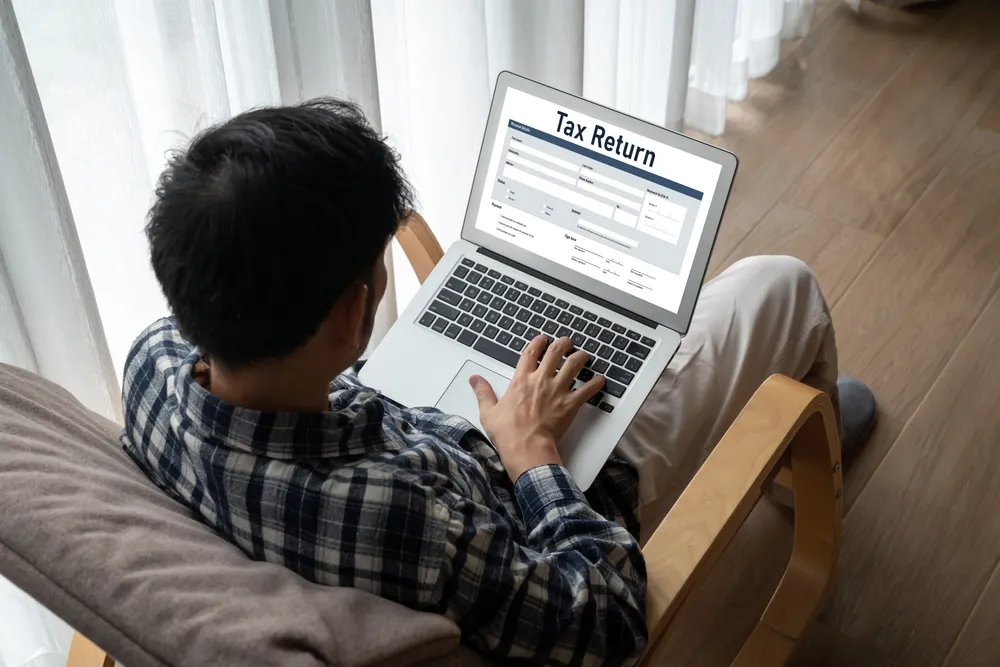Personal Finance News
ITR filing for FY 2024-25: New tax regime vs old; which is better for salaried employees?

5 min read | Updated on January 16, 2025, 17:22 IST
SUMMARY
Tax experts say the answer to which regime is better depends on your level of income and the amount of deductions and allowances you can claim. For instance, the new tax regime will always be good for taxpayers having salaries of up to ₹7.75 lakh. However, when the salary level goes up, the old tax regime may benefit more on a case-to-case basis.

Depending on what suits you the best, you can also change your tax regime before filing your return. Representational image
According to the Ministry of Finance, about 72% of taxpayers opted for the new tax regime in FY 2023-24. Clearly, the new tax regime is very popular but the old regime continues to hold appeal for many.
The extent of deductions and allowances claimed under the old regime vary from person to person. This is why comparing tax liability under both regimes becomes important.
In a document answering queries around the old vs new tax regime debate, even the income-tax department says, "The option to choose between two regimes may vary from person to person. It is advisable to do a comparative evaluation and analysis under both regimes and then choose as per requirement."
Which tax regime is better for you?
Tax experts say that the answer depends on your level of income and the amount of deductions and allowances you can claim.
For instance, the new tax regime is better for taxpayers having salaries of up to ₹7.75 lakh per year as they don't have to pay any taxes up to this amount.
However, when the salary level goes up, the old tax regime may be more beneficial on a case-to-case basis.
According to CA Nitesh Buddhadev, founder of Nimit Consultancy, the table below shows the break-even amounts, above which the old regime becomes beneficial for different income levels.
The break-even amount is the sum of all deductions and allowances available to an employee, including but not limited to 80C, 80D, HRA, donations, LTA, housing loan interest, and education loan interest. People with annual incomes above ₹50 lakh will also have to take the surcharge into account.
| Annual salary | Break-even amount |
|---|---|
| ₹15.75 lakh and above | ₹4.83 lakh |
| ₹15 lakh | ₹4.58 lakh |
| ₹14 lakh | ₹4.37 lakh |
| ₹13 lakh | ₹4.37 lakh |
| ₹12 lakh | ₹4.18 lakh |
| ₹11 lakh | ₹3.93 lakh |
| ₹10 lakh | ₹3.50 lakh |
| ₹9 lakh | ₹3.00 lakh |
| ₹8 lakh | ₹2.50 lakh |
| Up to ₹7.75 lakh | New tax regime |
Source: CA Nitesh Buddhadev
Let's take the example of Rohan, an IT sector employee with an annual salary of ₹15 lakh, who can claim a deduction of ₹1.5 lakh under section 80C, ₹37,500 under section 80D (for self and parents), ₹50,000 for a contribution towards National Pension System (NPS), and ₹2 lakh for home loan interest.
The total deductions and allowances available to Rohan is ₹487,500 (including ₹50,000 standard deduction under the old tax regime). Since this amount is above the break-even point of ₹4.58 lakh for ₹15 lakh salary, Rohan will benefit by opting for the old tax regime.
| Old regime | New regime | |
|---|---|---|
| Total taxable Income | ₹10,12,500* | ₹14,25,000** |
| Income tax slab | >= ₹10,00,001 | ₹12,00,001 - ₹15,00,000 |
| Tax payable after rebate/surcharge | ₹1,16,249 | ₹1,25,000 |
| Final tax payable (Includes health and education cess) | ₹1,20,899 | ₹1,30,000 |
*including standard deduction of ₹50,000 under old regime ** including standard deduction of ₹75,000 under the new regime
Please note that the above tables are only for illustration purposes. However, they will give you a broad idea of which regime you can opt for. Even if you have declared a specific tax regime at the beginning of the financial year you can change your tax regime before filing your return before filing ITR for FY 2024-25. This facility is only available to salaried employees.
What should taxpayers do now?
Around six months remain to file ITR for FY 2024-25. Salaried employees can file their ITR after receiving Form 16 from their employers, which generally arrives on or after June 15 each year.
By signing up you agree to Upstox’s Terms & Conditions
About The Author
Next Story

